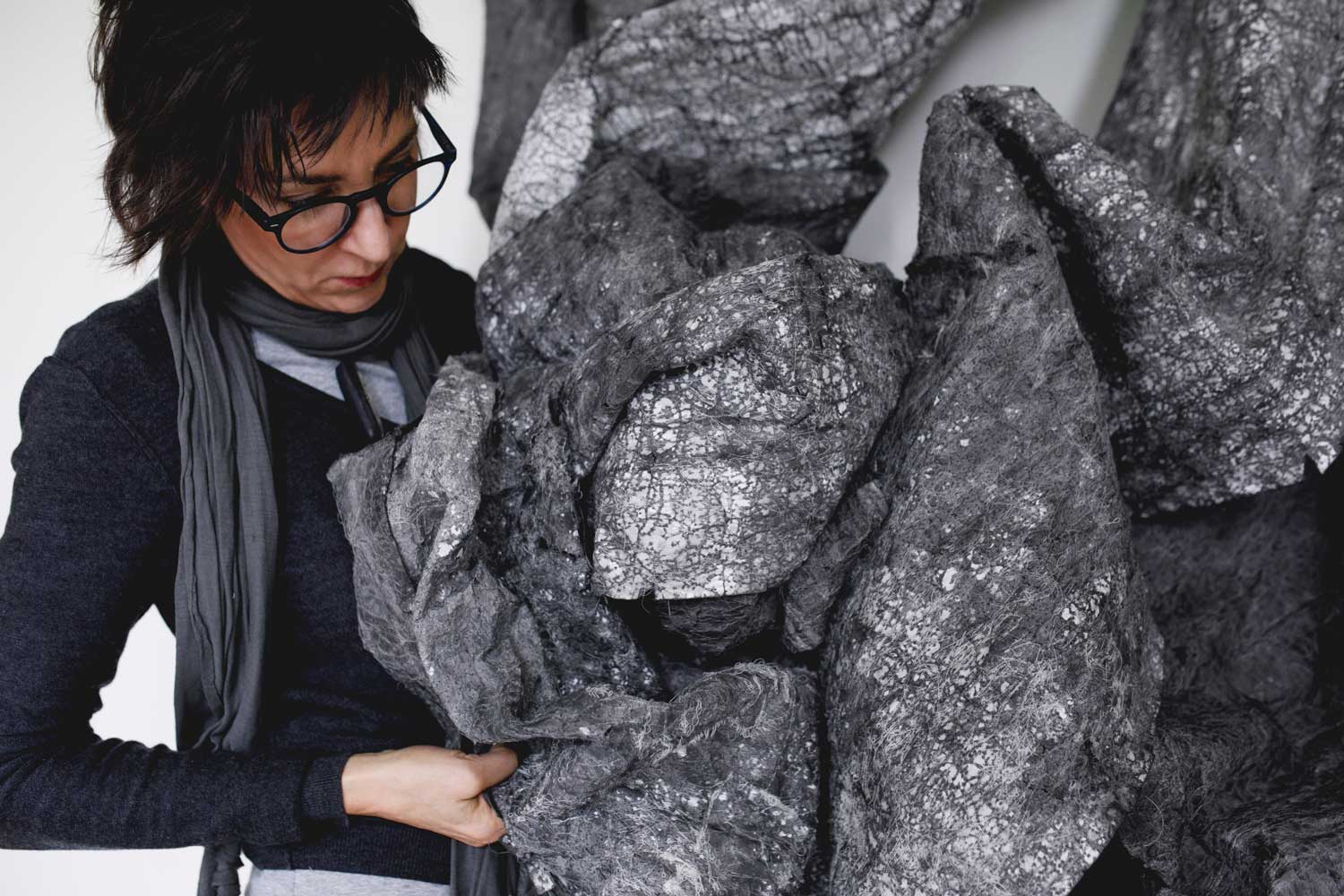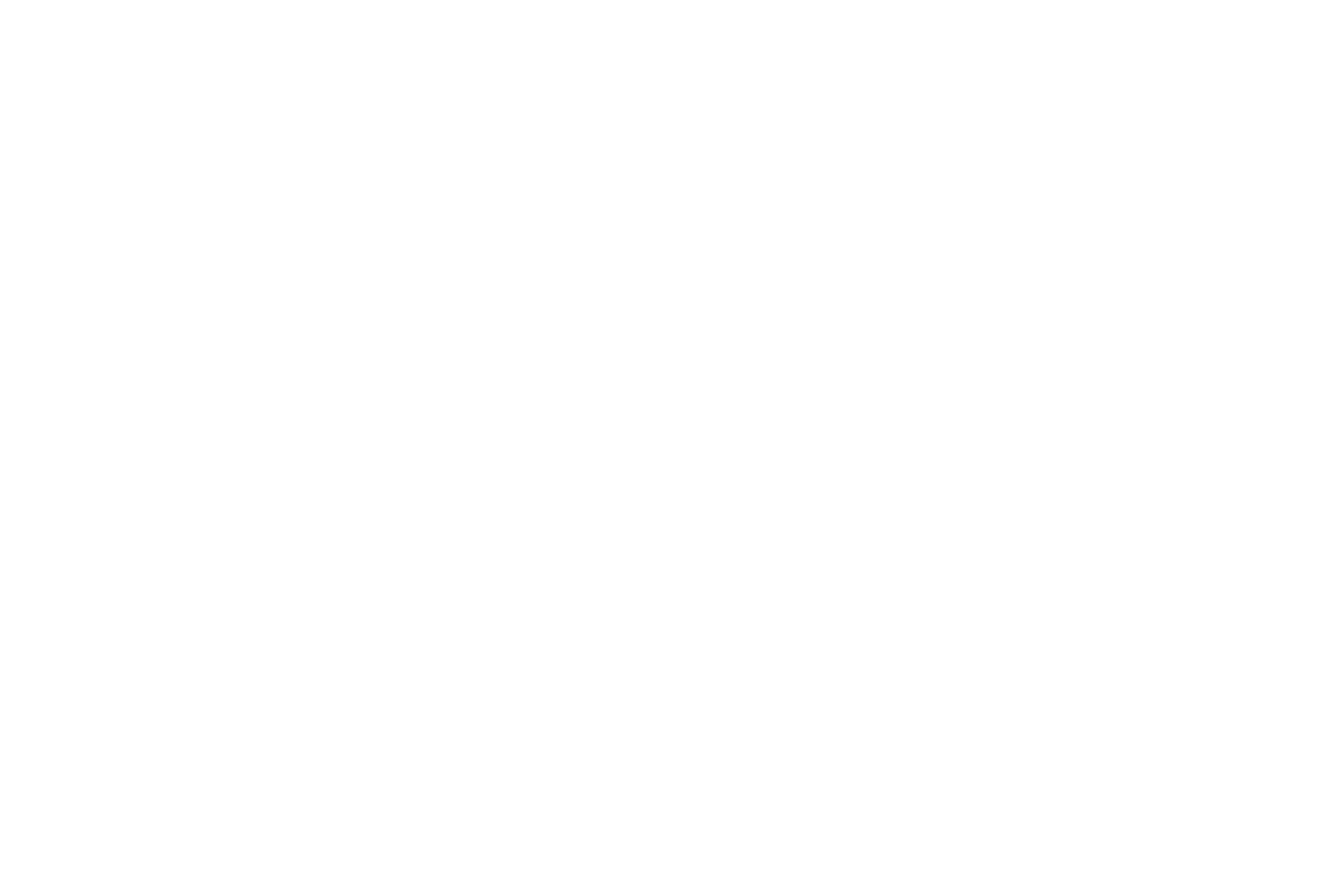Residencies
Susan's work is an investigation of a tactile territory.


HEATHCHOTE ARTIST RESIDENCY
I accepted the residency in order to undertake an exploration into the history of the emotions of Heathcote, something that has accumulated over the years. To find a way back into the past I felt compelled to research this (rich) history of the emotions of previous inhabitants. In this I was hoping to find a mark that I could use in my work and in so doing portray something of this history.
RESEARCH
To undertake this journey into the past, I started with “place” and through this researched the French social scientist Pierre Bourdieu and more particularly, how he defined Habitus, in order to get to a better understanding of place and habitat.
“The Habitus is a system of durable, transposable dispositions which function as the generative basis of structured, objectively unified practice”
Bourdieu also further defines his idea of “Field” as any structure of social relations. The Subject of the art of drawing or the mark-making process in the visual arts would qualify as “Field”.
I therefore positioned myself in this “Field” so as to establish a legitimacy in my residency. The concept of ‘positioning’ myself in a field by means of practise as a vehicle of participative involvement and to experience the surroundings (objective structures) is of particular relevance, since it highlights the idea of interactivity between myself and my material and place/habitat.To be able to connect locale and matter I took a further and deeper look at the power of textiles. Barbara Baert is an art historian who teaches the subject matter of Iconology and Theory of Art. Her research on the intra- and interdisciplinary interpretation of touch and emotions of textile, in particular, is of interest to me.
I was in particular drawn to the following quote: ”who touched my clothes”. In this I saw the transfer possibilities in the combination of touch and cloth - and hence the power of textiles
PRACTICAL WORK
“transformation through labour” - Norman Bryson
I started this process with large scale paper drawings (70 m x 1.5 m) on the lawn in the space in front of my studio. I started by marking and staining the paper surface with ink and self-made tools. These tools were made by using the twigs of the Eucalyptus trees (with its healing qualities) around Heathcote.The tools then also become an extension of the body, to mark and stain the surface. I mark self and other.
A stain is evidence of something that was; It leaves a trace.
I further marked the stained paper by using a sewing machine and by stitching on the paper. The action of tearing and preparing at the same time, a mark suitable for this concept. In this process the paper becomes cloth, the properties altered through the intense and laborious action of stitching.In pleating the surface of the paper, a sense of unease, anxiety, and strain is created.

CONCLUSION
I am very grateful for the opportunity that I was afforded by Heathcote to explore and develop
these specific ideas through my art making process in this unique space. I particularly enjoyed
the workshops and interaction with the people who visited my studio at Heathcote. The friendly staff played a huge role in making this experience possible.

